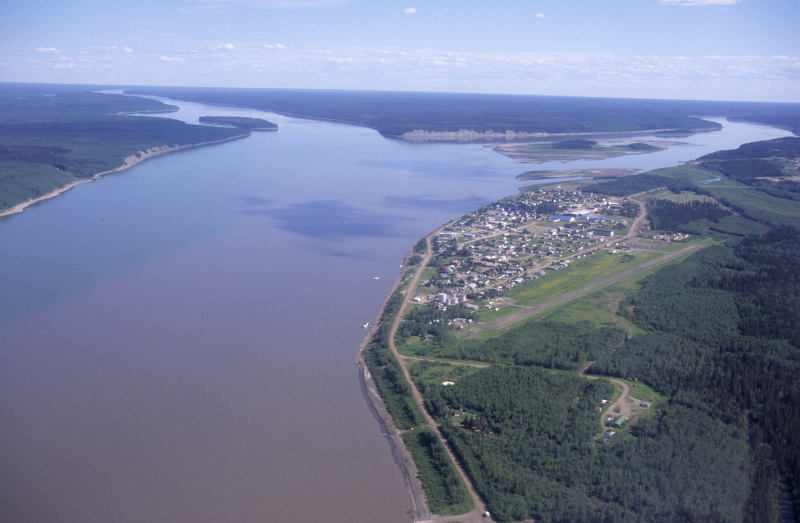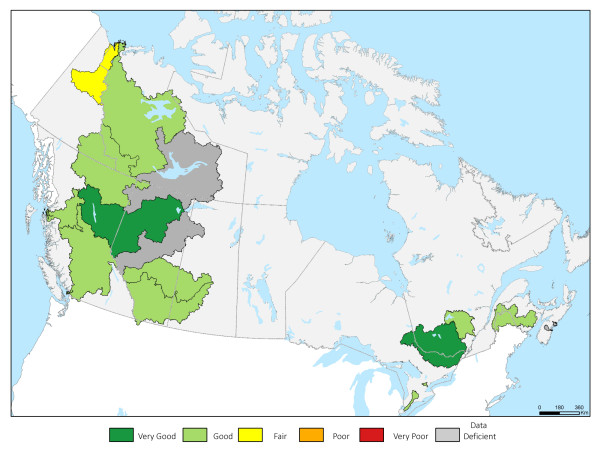Looking at the health of our water through water quality
With the goal of seeing all of Canada’s waters in good condition by 2017, WWF is working hard to assess the present state of health of our lakes, rivers and streams. So far we’ve assessed the health of one quarter of all the watershed area of Canada.

© Tessa MACINTOSH / WWF-Canada
Measuring the health of our water
We’re using four indicators to measure the health of our water – water quality, water flow and the health and diversity of fish and bugs. The first one, water quality is a really important indicator. Why? Because water quality can have huge impacts on aquatic plants and animals, our drinking water and human recreation.
So how do you measure water quality? WWF looks at the levels of chemical contaminants like chloride, phosphorus or heavy metal in a river and compares them to the federal guidelines (No water quality standards in Canada!). We also monitor long-term trends in the levels of these contaminants. We work with information from provincial water quality monitoring programs such as the Ontario Water Quality Monitoring network. Our approach does not include assessing contaminants that are still emerging and haven’t yet been monitored in a comprehensive way.
The long-term monitoring of water quality allows us to get a better sense of the trends of water quality over time. The good news is that the majority of sub-regions of our watersheds were in good condition.

Challenges with reporting on freshwater health
One of the challenges we are learning in this work is that information about water quality is reported in different ways across the country’s databases. Information is so important in science – so standardizing how we report and work on water quality is one important step in sharing information.

